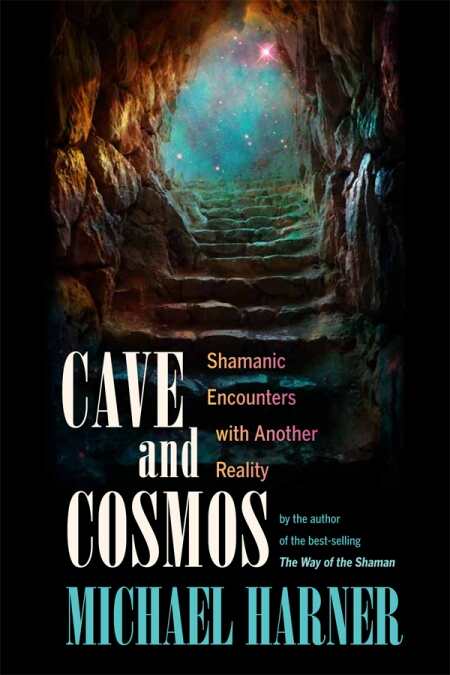Cave and Cosmos
Shamanic Encounters with Another Reality
A rich, experiential compendium of journey stories chosen among thousands in conservatory of shamanic knowledge.
When anthropologist Michael Harner’s groundbreaking book, The Way of the Shaman, was published in 1980, it laid the foundation for recovering sacred wisdom and indigenous practices that Christian missionaries had nearly eradicated. Together with the works of Eliade, Castaneda, and others, Harner’s work nurtured the growing interest in shamanism in the West.
After more than three decades of face-to-face teaching of the traditional way of imparting shamanic wisdom and experience, Harner now shares the fruits of his life’s work. Cave and Cosmos is a rich, experiential compendium of journey stories from “nonordinary reality,” selected from more than 5,000 such records in the Shamanic Knowledge Conservatory at Harner’s Foundation for Shamanic Studies.
His context-setting poses two questions that drove a lifetime of explorations, now brought alive in this book: “whether there is more than one reality and whether we need to be alone in solving the challenges of existence.”
Shamanism arose from Siberian culture yet reflects a phenomenon that appears around the world, including pre-Christian Europe. Harner identifies shamans as those who consciously choose to interact with spirits for the purpose of helping or healing others, through “a disciplined interaction … in nonordinary reality.”
Opening with his own experience as a young anthropologist-in-training, Harner touches on its historical roots, including how anthropologists viewed shamans and shamanic practices. In the 1950s, though, scholars were “both fascinated and perplexed,” they considered shamans “delusional and … schizophrenic.” Harner interpreted his experiences differently. While he was an early experimenter with the psychotropic path into nonordinary reality, he came to discover that drumming, what he calls “sonic driving,” was commonly used (and effective) as a way into altered states of consciousness.
A chapter called “We Exist! The Spirits Call for Recognition,” gives readers the “miracle” context, how shamanic activity is commonly perceived. Other chapters report on journeys to power animals (also covered in his first book) and “Drumming Over the Rainbow” as the Westerners ascend to the upper world. Both upper and lower worlds are home to “compassionate spirits,” according the journeyers’ stories. It is from these compassionate spirits that shamans access healing skills and other learning. While some may find credulity stretched, open-minded readers can see the common journey experiences from early shamans to contemporary Westerners revealed.
Harner calls shamanism “a path of independence leading toward spiritual freedom … freedom to know, not just believe.” In Cave and Cosmos, readers will find experiential stories and practices, leading from a “belief” in spirits to be replaced by “knowledge:” Spirits are as real as family and friends in ordinary reality.
Reviewed by
Bobbye Middendorf
Disclosure: This article is not an endorsement, but a review. The publisher of this book provided free copies of the book and paid a small fee to have their book reviewed by a professional reviewer. Foreword Reviews and Clarion Reviews make no guarantee that the publisher will receive a positive review. Foreword Magazine, Inc. is disclosing this in accordance with the Federal Trade Commission’s 16 CFR, Part 255.

